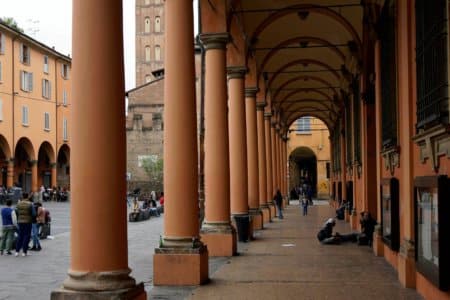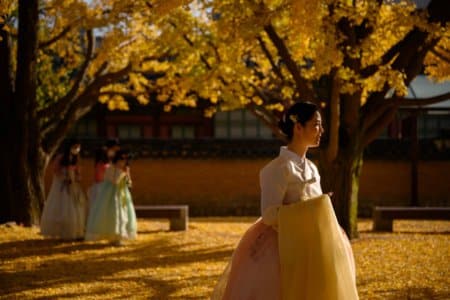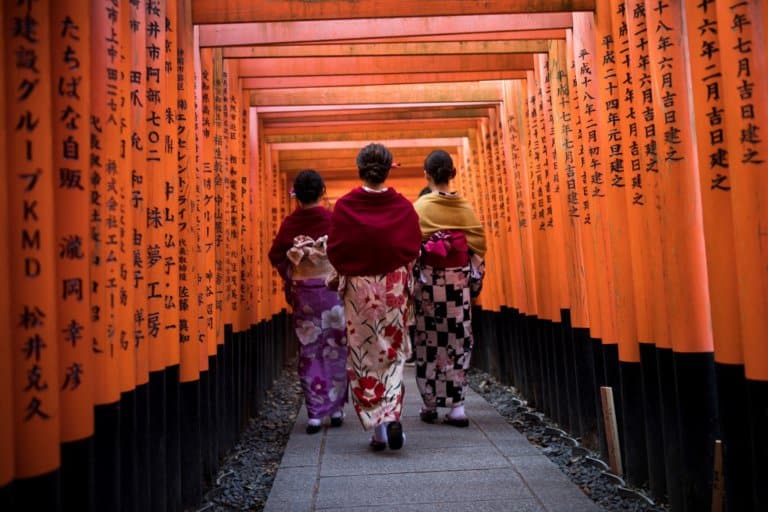
Choosing to live and study in one of the oldest countries in the world is not the route often taken, but it just may be your best decision yet.
When it’s time to decide what to study, many choose subjects that’ll lead to job security over interest for various reasons.
Chief among these is our search for the best-paying jobs in the world. Things are expensive and we’d like to live our best lives despite inflation remaining high at 8.7% in the UK, compared to France, Germany, the US, and especially Spain, where inflation has dropped to 2.9%.
We want a degree that’ll make it easy for us to get jobs too — a want that’s growing more intense in an age where generative artificial intelligence (AI) technology, such as ChatGPT, seems more than capable of doing things better than humans.
But there’s something to be said about how some of the oldest countries in the world draw hundreds of millions of tourists every year. And capture the imagination of many, many more.
In our search for the best countries to study in, we shouldn’t discount this phenomenon.
Take Japan, for example. In March, the number of estimated international travellers to the country, according to the Japan National Tourism Organisation, was 1,817,500 — a whopping increase of 2,648.7% from the same month of the previous year.
While much of this has to do with the relaxation of border measures, the number demonstrates a strong interest in the country.
What makes them so compelling could also make them the best place for a young person to get a good university education.

An owner’s Sony’s entertainment robot dog “aibo” (L) sits up while on display ahead of a ceremony to mark the “Shichi-Go-San” (three-five-seven) Festival, during a promotional event at the Kanda Myojin Shrine in Tokyo on November 11, 2022. Source: Richard A. Brooks/AFP
The oldest countries in the world offer unmatched lessons in tradition and history
Sometimes, to go forward, we need to look to the past. And the oldest countries in the world offer loads in this aspect.
In Japan, you have modern Tokyo — a hub for everything futuristic. In 2018, the city gained the top spot in the Innovation Cities Index.
Away from Tokyo, you’ll find a culture linked to nature and tradition in the rural regions of Japan.
People here look after religion and Japanese principles like “Wabi-Sabi”, the esteem of transcience and defective conditions of life.
Studying here is more than just an experience — it’s a chance to engage with new cultures, traditions, and practices.
You might even be able to pick up and master some of the hardest languages to learn — something that will come in handy when you graduate.

Egypt is one of the oldest countries in the world and houses the oldest of the Seven Wonders of the Ancient World. Source: Khaled Desouki/AFP
7 oldest countries in the world: Why should you study here?
1. Egypt
Nestled on the northeastern tip of Africa, Egpyt is a modern-day holiday hit, thanks to its sparse desert landscapes and bustling beach resorts lapped by glittering blue seas.
With a timeline dating back to 6,000 BCE, however, Egypt’s story encompasses more than its coveted coastlines.
BCE is short for Before Common Era. It can be used instead of BC (Before Christ) and stands for the time before year 1.
From mysterious structures to cryptic hieroglyphics, this nation has stunned the world with its captivating cultural legacy and architectural wonders.
Here are some of the best places to visit if you’re studying here:
- The Valley of the Kings: Explore the tombs of pharaohs like Ramses II and Tutankhamun at this stately resting place near Luxor.
- Pyramids of Giza: The capital city of Cairo houses the oldest of the Seven Wonders of the Ancient World. The pyramids were built to serve as tombs for the pharaohs Khufu, Khafre and Menkaure.
Currently, the country has 20 public universities and 23 private institutions.
As well as six institutions featured in the QS World University Rankings 2021, Egypt has all 20 representatives in the QS Arab Region University Rankings, including seven within the top 50.
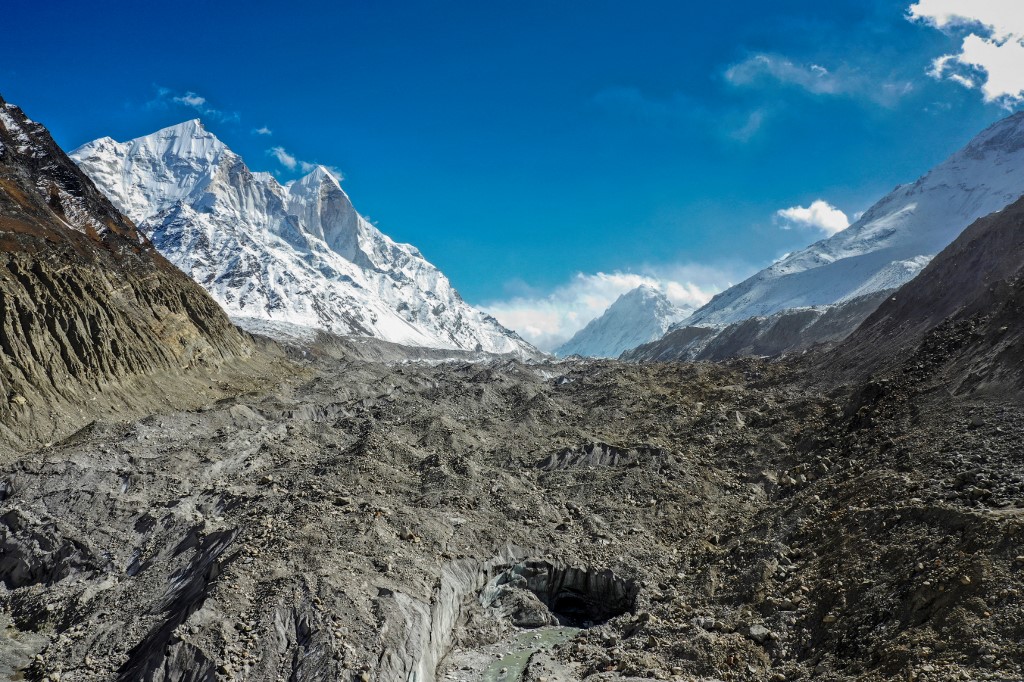
This aerial picture shows the Gaumukh, meaning “cow mouth” in Hindi, at the Gangotri glacier, believed to be the source of the Ganges River, at Gangotri National Park. The Ganges River was formed 50 million years ago, after the Himalayan Mountains were created when the Indian and Eurasian plates collided. Source: Xavier Galiana/AFP
2. India
Some of the most prominent periods in India included the farming civilisation of the Indus Valley, which flourished between 2,500 and 1,900 BCE.
At the same time, the Vedic Period laid out the foundations of Hinduism, India’s largest religion.
Today, the soft-sand beaches of Goa, the jungle settings of Kerala and the punchy, flavoursome dishes draw visitors to India’s shores.
Some of the best historical sites in India include:
- Sanchi Stupa: Located in Madhya Pradesh, Sanchi Stupa is a 2,000-year-old stone structure famed for its elaborate carvings and intricate gateways.
- Taj Mahal: This grand white-marble mausoleum is a tomb for Mughal Emperor Shah Jahan’s wife, Mumtaz Maha.
India’s higher education system was ranked 26th in the world in the QS Higher Education System Strength Rankings 2018 — and is even more known worldwide for producing some of the Western world’s most powerful CEOs and leaders today.
India may be poor but from Alphabet CEO Sundar Pichai to ex-Deutsche Bank co-CEO Anshuman Jain, these are the world-class products of the schools and universities of one of the oldest countries in the world.

Tourists take pictures in front of the ancient temple of Parthenon on the Acropolis hill in Athens, Greece, one of the oldest countries in the world. The Parthenon was built between 447 and 438 BC. Source: Aris Messinis/AFP
3. Greece
The birthplace of democracy and cradle of Western civilisation, Greece came into existence thousands of years ago, way back in (or potentially before) 3,000 BCE.
Its ancient city-states (which include the legendary Sparta, known for their military prowess), romantic mythology, and enduring scientific and philosophical heritage have significantly influenced the way we live today.
If you’re studying here, here are some sights you should explore:
- The Acropolis of Athens: This UNESCO World Heritage Site is home to prime mythological temples like the Parthenon and the Erechtheion.
- Ancient Olympia: Channel your inner athlete at the site of the very first Olympic Games in 776 BCE or stretch your legs by exploring the complex’s other temple ruins.
There are over 20 universities in Greece, spread across the country and all within the public sector.
Overall, Greece’s higher education system is well-respected, ranked 41st in the world in the first edition of the QS Higher Education System Strength Rankings.

Guests dressed in baroque style costume pose during the “Fetes Galantes” fancy dress evening at the Chateau de Versailles, outside Paris, on May 22, 2023. The palace is more than 300 years old. Source: Ludovic Marin/AFP
4. France
France’s origin dates back thousands of years when the ancient Gauls — a cluster of Celtic tribes (each with their languages) — settled in the region.
The Roman conquest brought Latin, alongside Roman laws and infrastructure, to the land.
During the ninth century, the Carolingian Empire’s reign began, with Charlemagne at the helm.
A little later, the French monarchy was established under the Capetian Dynasty, creating much of the regal properties that still stand today.
Add all that to the French Revolution and the Napoleonic Wars, and you’ve got a vast amount of stories to discover.
Some historical landmarks in France include:
- Cave of Lascaux: Down in Dordogne, the cave houses prehistoric paintings dating back around 17,000 years, providing a glimpse into the lives of our distant ancestors.
- Arles Amphitheatre: See remnants of the Roman Empire at Provence’s Arles Amphitheatre, constructed in the first century.
According to students reporting on what it was like to study in France today, the country offers a great multicultural study experience, bringing together cultures from all over the world.
Students appreciate the beautiful, developed cities and the great variety of social life available.

Tokyo’s Meiji shrine, completed in 1920, is dedicated to the souls of Emperor Meiji and his wife Empress Shoken. Source: Yoshikazu Tsuno/AFP
5. Japan
The Land of the Rising Sun dates back to 660 BCE when Emperor Jimmu — said to be the founder of Japan — ruled over the island country.
Over the years, the country has seen the rise and fall of empires, the birth of martial arts, and the emergence of other unique traditions — all of which have shaped and moulded the culture and heritage of Japan into what it is today.
Some of the best spots to visit include:
- Yushima Tenjin Shrine: This is a popular spot for students looking for good grades and is pretty lively during the plum blossom season.
- Tsuen Tea: Founded in 1160, this enchanting teahouse is said to be the oldest in the entire country.
Japan is renowned for its excellent education system too.
It is the top-performing OECD country in reading literacy, math and sciences, with the average student scoring 529, well above the OECD average of 486.
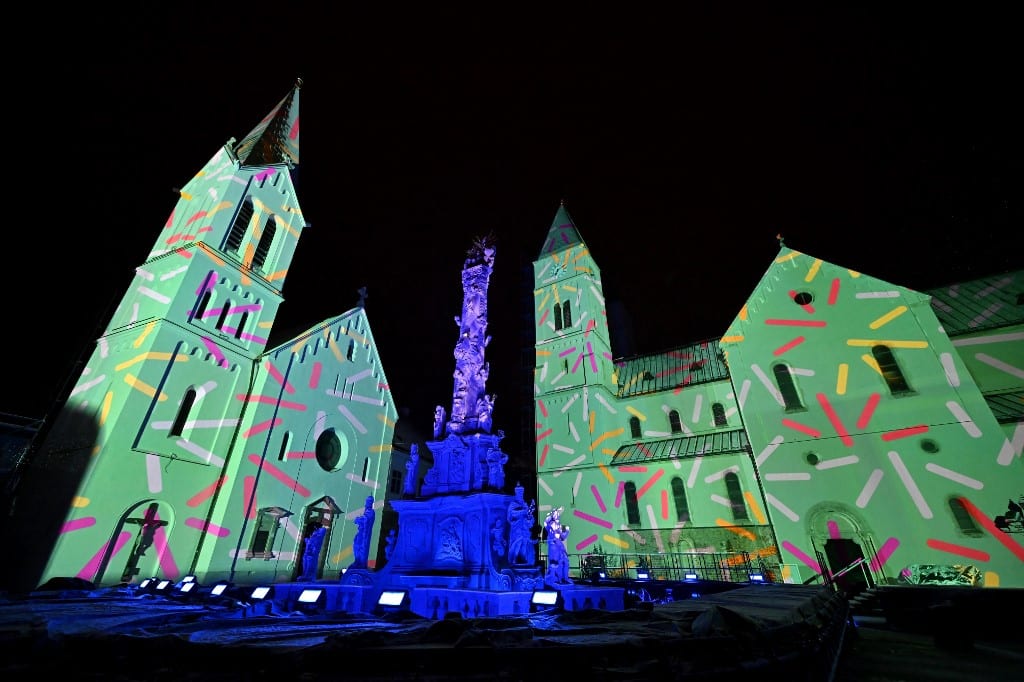
The Saint Michael Cathedral (pictured on the right), the Holy Trinity Column (pictured in the centre) and the Franciscan Church in the old city centre of Veszprem, Hungary are illuminated on January 21, 2023, as the town and its region of Bakony-Balaton celebrate their title of the 2023 European Capital of Culture. Source: Attila Kisbenedek/AFP
6. Hungary
Hungary has existed since the Roman Empire, but official records only hark back over a thousand years to the ninth century when the country welcomed tribes into the Carpathian Basin.
In the 10th century, King Stephen I introduced Christianity. Two hundred years later, the country had to fight off the Mongol Invasions.
All the classical gems left behind by these periods mean that history enthusiasts will be in their element while studying in Hungary.
Some age-old attractions you shouldn’t miss in this country include:
- Aquincum: This archaeological site dates back to the first century and includes remains of a Roman amphitheatre, baths and residential buildings.
- Pannonhalma Archabbey: This UNESCO World Heritage Site is one of Hungary’s oldest monastic communities.
While Hungarian universities are known for their variety of degree offerings (many of which are in English), tuition fees are kept low and there are initiatives to encourage integration within student communities.
At Széchenyi István University, for example, international applicants can take advantage of the government-sponsored Stipendium Hungaricum scholarship programme, which covers tuition fees, accommodation and medical insurance costs, and partial living expense fees for all winners.
7. Portugal
The birthplace of piri-piri chicken, pastel de nata, and port wine was officially declared to be a country in the 12th century, but Portugal’s origins can be traced back to the Roman Empire when it was part of the larger province of Lusitania.
Since then, this mountainous country on the southwestern tip of Europe has become one of the most popular study-abroad destinations on the continent.
With gorgeous and historic campuses, several universities in Portugal are strategically located close to the city’s centre yet still feature plenty of open and green areas.
The QS World University Rankings 2021 placed seven Portuguese universities in the list of top universities worldwide.
While studying, you can also explore some of Portugal’s historical gems. Here are some of our top picks:
- Roman Temple of Évora: Dating back to the first century, this UNESCO World Heritage Site is one of the best-preserved Roman temples in the world.
- Castle of Guimarães: This preserved castle is considered the place where Portugal was born. Today, you can walk around the castle and take in the views from its seven towers.








